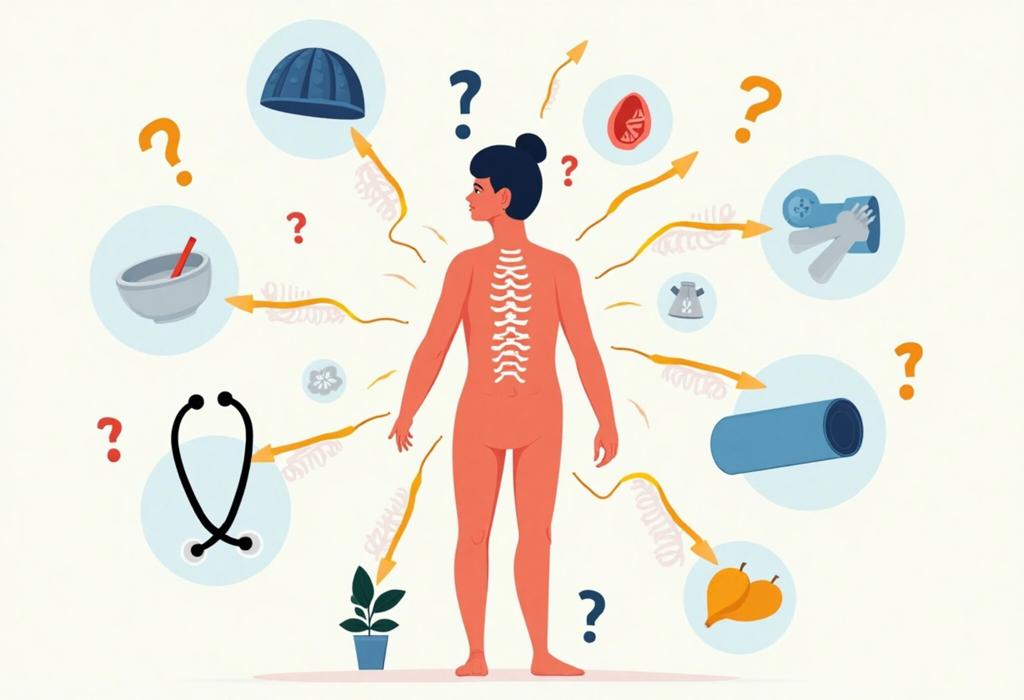For more details on this content, please review the step-by-step guide and frequently asked questions.
Unmasking Chronic Conditions

Step-by-Step Guide
Introduction to Chronic Conditions
Chronic conditions, also known as chronic diseases, are long-lasting health issues that require ongoing medical attention and/or limit activities of daily living. Common chronic conditions include diabetes, asthma, heart disease, arthritis, and chronic pain. Understanding what chronic conditions entail is the first step toward effective management.
Identifying Chronic Conditions
Recognize the signs and symptoms of chronic conditions. For instance, persistent fatigue, unexplained weight loss, chronic pain, or difficulty breathing can all be indicators. It is essential to consult healthcare professionals for a proper diagnosis.
Diagnosis Process
Diagnosis typically starts with a medical history review and physical examination. Your doctor may also recommend blood tests, imaging studies, and other diagnostic tests depending on the symptoms presented.
Treatment Options
Treatment for chronic conditions can involve medications, lifestyle changes, physical therapy, or surgery, depending on the condition. For instance, diabetes management may include insulin, diet modifications, and exercise, while arthritis may require anti-inflammatory medications and physical therapy.
Lifestyle Management
Adopting a healthy lifestyle plays a significant role in managing chronic conditions. Key aspects include a balanced diet, regular exercise, stress management techniques such as mindfulness and yoga, and adequate sleep.
Support Systems
Building a strong support system is crucial. This includes family, friends, and healthcare providers, as well as support groups tailored for specific chronic conditions where individuals can share experiences and coping strategies.
Monitoring Progress
Regular check-ups with a healthcare provider are vital in managing chronic conditions. Keeping track of symptoms, treatment effectiveness, and side effects is essential for ongoing care and adjustments.
Advocacy and Education
Self-advocacy is important. Understand your condition, ask questions, and be involved in the decision-making process of your treatment plan. Accessing educational resources can empower you and help inform others about the condition.
Dealing with Mental Health
Chronic conditions can take a toll on mental health. Be aware of symptoms of anxiety and depression, and don’t hesitate to seek help from mental health professionals if needed. Therapy, support groups, and coping strategies can be beneficial.
Exploring Innovations
Stay updated on new research, treatments, and technologies related to your chronic condition. Innovations such as telemedicine, remote monitoring devices, and new pharmaceuticals can lead to improved management of chronic diseases.
Conclusion
Living with chronic conditions can be challenging, but with the right knowledge, support, and management strategies, individuals can lead fulfilling lives. The key is to remain proactive, engaged, and educated throughout the journey of managing a chronic condition.








